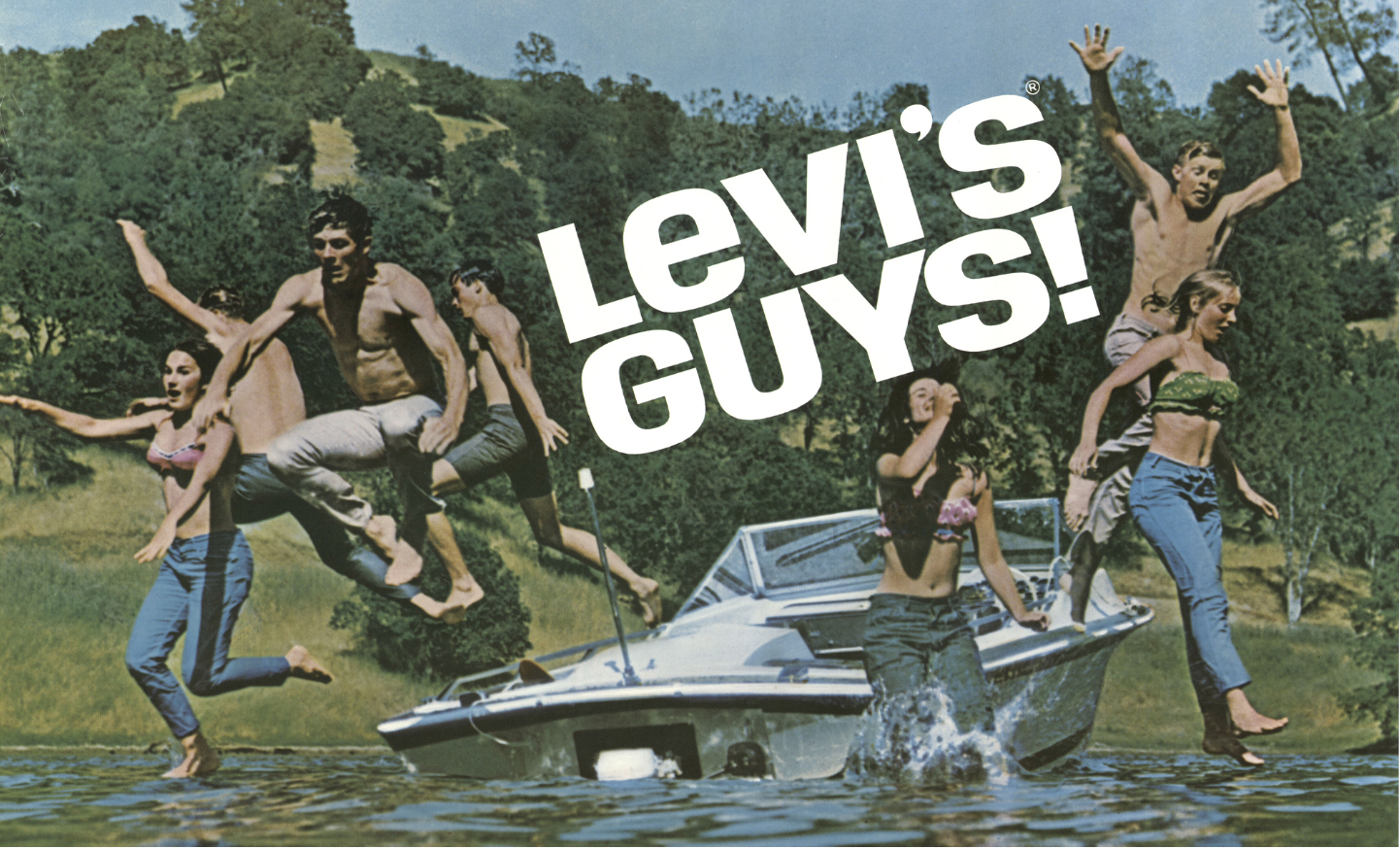The Double Denim Marketing Meeting: Can a Corporation Be Original?
Through the ‘90s and ‘00s, I attended many meetings of European Levi’s clients as a representative of their advertising agency, BBH. At these events the senior executives would generally demonstrate their commitment to the brand by sporting a selection of workwear – bleached jeans, checked or chambray shirts, trucker jackets - perhaps finishing off their outfits with an ornate brass belt-buckle. It was like a marketing meeting crossed with a rodeo.
Only the Italian delegation broke with this sartorial strategy. Whilst happy to sell denim to young consumers, they did not regard it as appropriate corporate attire. And so they turned up at the international conferences in elegant slacks, smart shirts and sports jackets. I rather admired their independent spirit.
I recall a particular exchange with the most senior Italian executive, Tullio, a dapper silver-haired gentleman, who always had a cashmere sweater casually slung over his shoulders.
The agency had been presenting an argument that Levi’s, as the creator of the original jean, the 501, should sustain its primacy in the category by continuing to originate. Only through ongoing innovation, we argued, could the brand maintain its sector dominance.
Tullio objected. He could not comprehend our reasoning.
‘I’m sorry. But Levi’s is a huge American corporation. It can be many things. It can be efficient, dynamic, in touch with trends. It can be successful. But it cannot be original. To be original you need an exceptional talent, a unique individual.’
He raised his hands in an expressive gesture.
‘You need a genius… like Georgio Armani.’
I have always thought that Tullio was posing a compelling question: can a modern business, with all its complex processes, disciplines and hierarchies; with all its sophisticated systems, checks and balances, genuinely innovate?
We all celebrate innovation as the magical ingredient of commerce – the factor that sets a business apart, that gives it a competitive edge, that builds the foundations for future growth. But innovation is hard to cultivate. It can be inconsistent and temperamental; unruly and unpredictable. It requires investment and patience, and the empowerment of free-thinking mavericks; of troublesome, independent creative talent.
Originality is more than just a set of clothes you put on in the morning.
'Girl, put your records on.
Tell me your favourite song,
You go ahead, let your hair down.
Sapphire and faded jeans,
I hope you get your dreams.
Just go ahead, let your hair down.
You're gonna find yourself somewhere, somehow.’
Corinne Bailey-Rae, 'Put Your Records On’ (J Beck / S Chrisanthou / C Bailey-Rae)
No. 536


